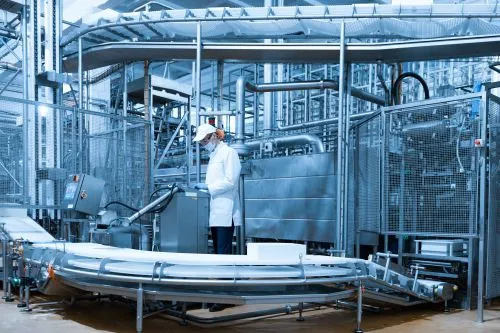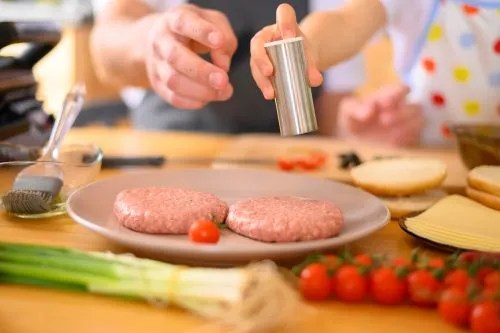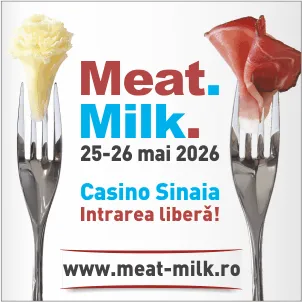1387

European regulations on packaging and packaging waste are undergoing an accelerated reform process, with direct implications for the food industry. The new Packaging and Packaging Waste Regulation (PPWR), proposed by the European Commission, introduces mandatory reduction, reuse, and recycling targets, with clear deadlines set for 2030 and 2040. Producers will be required to use materials with a minimum recycled content, reduce the overall mass of packaging, and avoid materials that cannot be integrated into European recycling systems.
According to the OECD, food packaging accounts for over 40% of the plastic waste generated annually in member states, and the transition to sustainable alternatives is becoming both an economic and environmental priority. The new requirements involve the use of mono-material packaging, clear recycling labeling, and more efficient collection systems, including for biodegradable materials.
The impact on the food industry is significant. Impact assessments conducted by the European Commission show that adopting sustainable packaging can increase production costs by 5–12%, depending on material type, product complexity, and the producer’s level of integration. For certain categories such as meat, dairy, or ultra-perishable products, additional requirements concerning oxygen barrier properties and microbiological safety limit packaging options, necessitating more technically advanced and costly solutions.
In parallel, Eurostat data show that the average recycling rate for plastic packaging in the EU has reached approximately 38%, far below the theoretical capacity of existing systems. In this context, producer responsibility is increasing, and reporting requirements are becoming stricter. Companies must demonstrate material compliance and update their environmental footprint calculations periodically.
In Romania, the implementation of the new standards is supported through compliance guidelines developed by the Ministry of Environment and through the expansion of collection systems. For processors, adaptation is becoming a strategic investment: higher initial costs, but reduced long-term commercial risks and improved access to external markets where sustainable packaging is already a listing requirement.
Sustainable packaging is no longer a marginal option but an essential criterion for competitiveness, credibility, and continuity in the food industry.
(Photo: Freepik)





